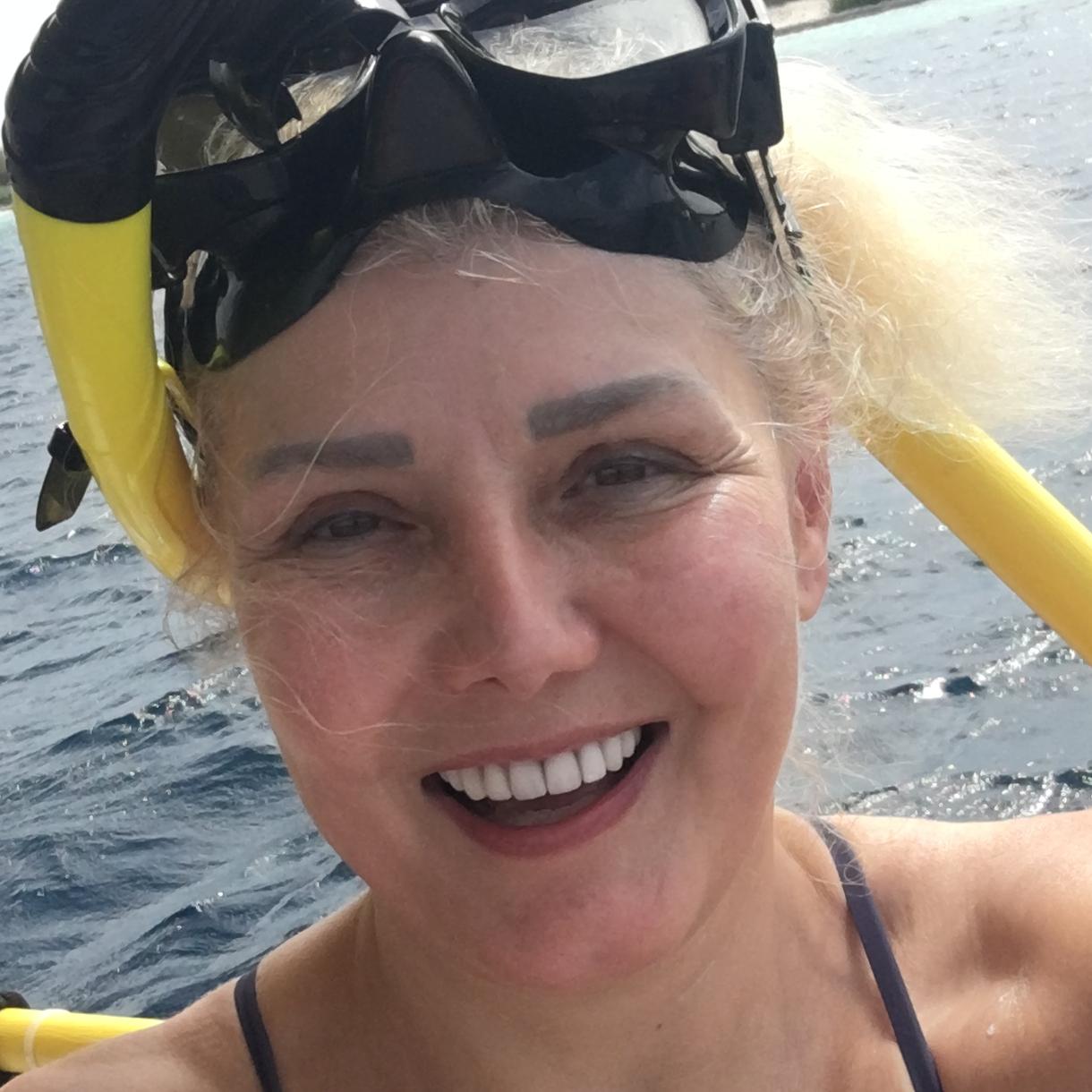Dr. John H. Linner - AT THE FRONT LINE
|
by Niloo E Sarabi
A 26-year-old doctor and ship photographer aboard the LST-6 during the Normandy invasion and the AKA-103 at Okinawa, Dr. Linner made five trips across the English Channel from Portsmouth to the Normandy coast of France. ?On the LST-6, a landing ship tank, our deck was converted into a hospital emergency room after all the heavy military equipment had been discharged to the beach,? Dr. Linner said. ?There were three doctors including myself, and we had set up first aid stations scattered about the ship to treat the wounded soldiers in case we were hit.? Dr. Linner served as an ensign on the LST-52 on the Atlantic crossing from Boston to England, and was later promoted to lieutenant junior grade and ultimately to full lieutenant. ?During the Normandy invasion, using the mess hall table as an operating table, on one occasion, we performed an abdominal exploration for a shrapnel perforation and an arm amputation on a severely torn upper arm,? he said. ?At Okinawa in 1945, anchored in Naha harbor for a few weeks on a cargo ship, AKA-103, loaded with 6500 tons of ammunition, our main fear was from the kamikaze planes, which flew over almost every night.? On August 6, 1945, Hiroshima was bombed, followed by Nagasaki three days later, and on August 12, Emperor Hirohito of Japan declared unconditional surrender. ?Our next load of ammunition was destined for the invasion of Japan, and after participating in the occupation of Japan, we returned to the United States in December of the same year.? During his service, Dr. Linner not only kept a daily diary, but as the ship?s photographer, he became the repository for a large collection of war-related photos. ?When I came back from duty, and began my practice, I put the diaries and photographs in the closet where they resided for the next fifty years,? he said. Following his lifelong interest in research, during the last year of his residency in 1953, Dr. Linner devoted his time and effort to a study of the absorption characteristics of various segments of the small intestine in dogs, working with Dr. Arnold Kremen and Dr. Charles Nelson. ?Shortly thereafter,? he said, ?I had a patient from Savage, Minnesota, who weighed between 275 and 385 pounds at various times, complaining that she could not maintain her weight loss and that no matter what she did, she would always regain the weight. I told her about our experiment in dogs, and that although the malabsorption did result in weight loss, it had never been performed on a human being, but she told me that she wanted the surgery no matter what.? After consulting with Dr. Kremen, Dr. Linner agreed to perform the surgery, and in April of 1954, they completed the very first obesity operation in the world?a JIB (jejunoileal bypass)?at Mount Sinai Hospital in Minneapolis, Minnesota. Shortly afterward, an article describing the small bowel experiment in dogs and the case report was published in the Annals of Surgery. The JIB case discussion generated a great deal of interest at the American Surgical Association meeting in Cleveland, Ohio, in 1954, and before long a number of surgeons began performing variations of the procedure in different parts of the United States. ?I decided not to perform any more procedures until I had a chance to see the long-term results of our case and of the operations done by others,? said Dr. Linner. ?Since the JIB, though effective, presented some serious malabsorption problems, I later switched to gastric reduction procedures, principally the Roux-en-Y gastric bypass.? Over the course of his surgical career, Dr. Linner published numerous medical articles, and in 1984 wrote a well-received textbook on weight loss surgery called Surgery for Morbid Obesity. Then, in the late 1990s, he wrote another book, responding to the encouragement from his wife and daughters to publish his WWII diaries. Normandy to Okinawa, published by Beaver?s Pond Press in November 2007, brings Dr. Linner?s daily diary, selected photographs and a historical overview of WWII together into one inspiring volume. His book, however, only tells the early story. To really understand Dr. Linner?s impact on the lives of others, one must also understand his contributions to bariatric surgery. Both as a young officer and as pioneering surgeon, Dr. Linner revealed himself to be a man with a tireless drive to care for those wounded on the battlefront?whether they fell on the fields of WWII decades ago, or battle against obesity today. To learn more about the book and Dr. Linner, visit www.NormandyToOkinawa.com. June 2008 |

 email to a friend
email to a friend printer-friendly version
printer-friendly version Many of his colleagues recognize Dr. John H. Linner as a founder of bariatric surgery?one of the two surgeons to perform the very first weight loss operation. His close circle of family and friends know that he also served our country as a Navy medical officer during WWII in both the Atlantic and Pacific theaters. In fact, Dr. Linner?s experiences during WWII were so profound and life-changing that he recently devoted nearly a decade to recounting those early experiences in a book.
Many of his colleagues recognize Dr. John H. Linner as a founder of bariatric surgery?one of the two surgeons to perform the very first weight loss operation. His close circle of family and friends know that he also served our country as a Navy medical officer during WWII in both the Atlantic and Pacific theaters. In fact, Dr. Linner?s experiences during WWII were so profound and life-changing that he recently devoted nearly a decade to recounting those early experiences in a book.